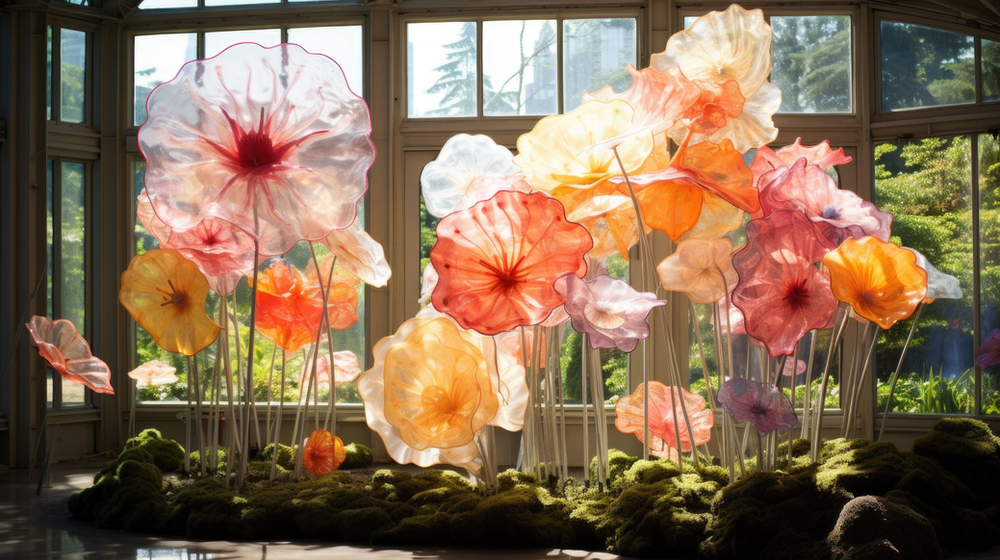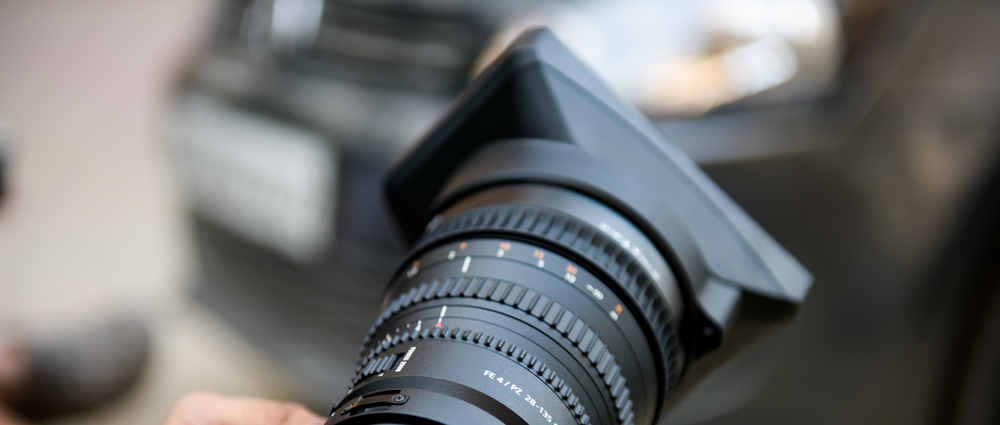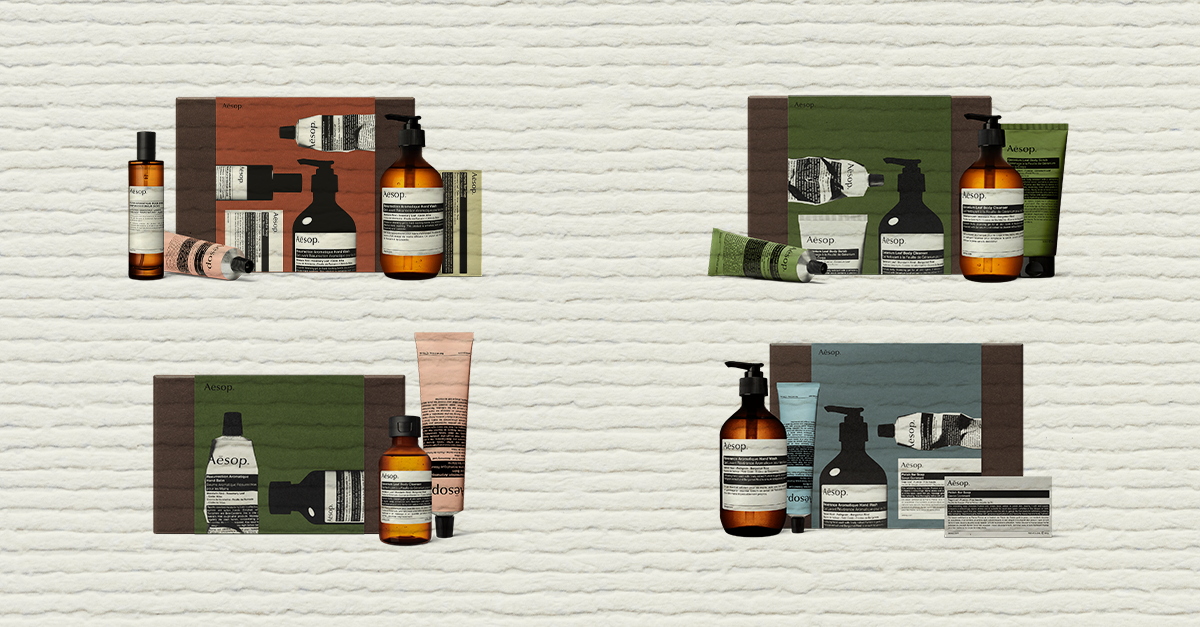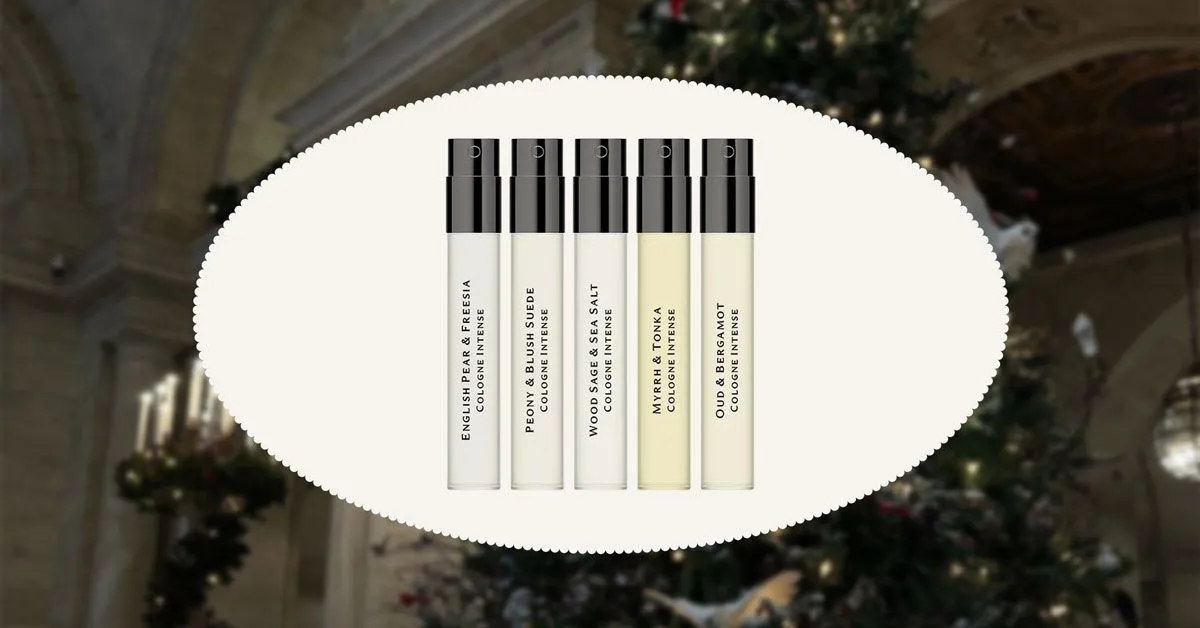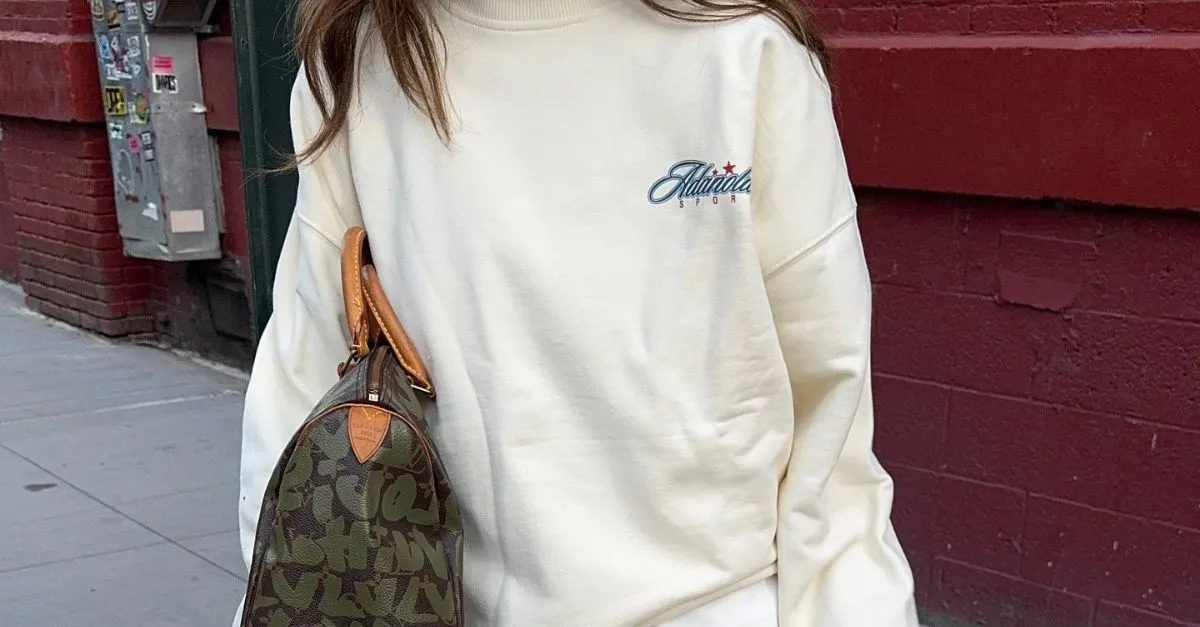Pressed Botanical Wall Art is a creative way to decorate your home using flattened and preserved plants. It's like making art with flowers and leaves!
Lately, more and more people are getting into this trend of using pressed botanicals to add a natural touch to their homes. What makes it so popular is its unique charm and special features that make it stand out in the world of home decor.
Let's dive into what exactly pressed botanical wall art is, why it's becoming so trendy, and what makes it so appealing.
History of Pressed Botanical Art
Origins of Pressed Flower Art
The art of pressing flowers dates back centuries, with its roots in various cultures around the world. In ancient times, people began preserving flowers and plants by pressing them between heavy objects like books or stones.
This process allowed them to capture the beauty of nature and use it for various purposes, including religious ceremonies and medicinal practices.
Pressed flower art became a delicate way to immortalize the fleeting beauty of blooms.
Evolution of Pressed Botanical Wall Art
As time passed, the art of pressing flowers evolved into a more refined practice. During the Victorian era (19th century), it gained significant popularity as an acceptable form of artistic expression. Victorians, known for their appreciation of nature and sentimentality, used pressed flowers to create intricate designs and arrangements.
The invention of the flower press further facilitated this art form, making it more accessible to a broader audience.
In the modern era, pressed botanical art has experienced a revival, thanks to a renewed interest in handmade and personalized decor. Artists and enthusiasts have expanded the techniques beyond traditional flower pressing, incorporating various plant materials such as leaves, ferns, and herbs.
This evolution has transformed pressed botanical art into a versatile and contemporary form of expression.
Cultural Influences on Botanical Art
Different cultures have played a role in shaping the aesthetics and themes of botanical art. In Asian cultures, traditional flower pressing techniques have been integral to practices like Japanese "Oshibana" and Chinese flower art. These traditions often carry symbolic meanings, with specific flowers representing different virtues or emotions.
In Western cultures, botanical art has been influenced by botanical illustration, a scientific practice that emerged during the Age of Exploration. Artists documented newly discovered plant species with meticulous detail, contributing to both scientific knowledge and the artistic representation of flora.
This intersection of science and art has left a lasting impact on the way we perceive and portray botanical subjects.
Overall, the history of pressed botanical art is rich and diverse, reflecting the deep connection between humans and the natural world across different times and cultures.
How to Create Pressed Botanical Wall Art
Selecting Suitable Botanicals
- Choose Fresh and Vibrant Specimens: When creating pressed botanical wall art, start with selecting fresh and vibrant flowers, leaves, or herbs. Choose plants with interesting shapes, colors, and textures to add visual appeal to your artwork.
- Consider Seasonal Variations: Explore the beauty of each season by selecting botanicals that are in bloom during specific times of the year. This allows you to create dynamic and seasonal arrangements that reflect nature's changing palette.
- Experiment with Different Plant Materials: Don't limit yourself to just flowers; consider using leaves, ferns, and other plant materials to add variety and depth to your composition. Mix and match different elements to create a visually engaging piece.
Pressing Techniques and Tools
- Traditional Flower Press: Invest in a flower press, a tool specifically designed for pressing botanicals.
Follow the instructions to layer your selected plants between sheets of absorbent paper and press them using the press's tight structure.
- Microwave or Iron Pressing: For a quicker alternative, you can use a microwave or iron to press botanicals. Place the plants between layers of paper, then carefully apply heat. This method is faster but requires more attention to prevent burning.
- Air Drying: Some plants can be air-dried by hanging them upside down in a well-ventilated area. While this method takes longer, it preserves the natural color and shape of the botanicals.
Design and Composition Tips
- Plan Your Composition: Before arranging your pressed botanicals, plan the overall design.
Consider the size and shape of your frame and decide on the placement of each element. Experiment with different arrangements before finalizing your design.
- Create Balance and Harmony: Achieve a balanced composition by distributing botanicals evenly throughout the artwork. Pay attention to color, size, and shape to create a harmonious and visually appealing arrangement.
- Incorporate Background Elements: Enhance the visual interest of your pressed botanical wall art by incorporating background elements. Consider using decorative paper, fabric, or even painting a subtle background to complement the natural beauty of the botanicals.
- Use a Quality Frame: Choose a frame that complements your design and protects the pressed botanicals.
Consider frames with glass or acrylic to shield the artwork from dust and humidity while allowing it to be admired for years to come.
By following these steps and unleashing your creativity, you can craft beautiful pressed botanical wall art that adds a touch of nature's elegance to your living space.
Types of Botanicals for Pressed Wall Art
Flowers
- Petals and Blossoms: Select flowers with delicate petals and vibrant colors to create eye-catching focal points in your pressed botanical wall art. Roses, daisies, and pansies are popular choices for their varied shapes and hues.
- Small Blooms and Buds: Explore the beauty of smaller flowers and buds, which can add intricate details to your artwork. Tiny blooms, like forget-me-nots or baby's breath, contribute to a sense of delicacy and charm.
- Dried Flowers: Experiment with using dried flowers, such as lavender or statice, to introduce a rustic or vintage aesthetic. Dried flowers often retain their shapes and colors, providing longevity to your pressed botanical compositions.
Leaves
- Variegated Foliage: Choose leaves with interesting patterns and variegation to bring diversity to your pressed botanical wall art.
Consider using foliage from plants like calathea or coleus to introduce unique textures.
- Autumn Leaves: Capture the warm hues of fall by pressing and incorporating autumn leaves. Maple, oak, or birch leaves add a seasonal touch, and their natural colors can evoke a sense of coziness and nostalgia.
- Evergreen Foliage: Explore the beauty of evergreen leaves, which retain their green color even when pressed. Pine, eucalyptus, and holly leaves can provide a refreshing and timeless element to your botanical compositions.
Ferns and Foliage
- Fern Fronds: Include ferns in your pressed botanical art for their intricate and feathery appearance. Fern fronds create a whimsical and nature-inspired feel, adding a touch of elegance to your compositions.
- Leafy Branches: Pressed branches with clusters of leaves can introduce a dynamic and textured element to your artwork.
Consider incorporating branches from plants like olive or willow for a graceful and organic look.
Incorporating Herbs
- Culinary Herbs: Explore the use of culinary herbs like basil, rosemary, or thyme to infuse your pressed botanical wall art with a fragrant and kitchen-friendly ambiance. These herbs often retain their scents even when pressed.
- Medicinal Herbs: Introduce a touch of herbal medicine by incorporating plants like lavender, chamomile, or echinacea. Not only do these herbs add visual interest, but they also carry potential symbolic meanings associated with healing and wellness.
By combining these various botanical elements, you can create diverse and visually captivating pressed botanical wall art that reflects the beauty and diversity of the natural world.
Preservation and Maintenance of Pressed Botanical Wall Art
Protecting Pressed Botanicals from Fading
- Avoid Direct Sunlight: Place your pressed botanical wall art away from direct sunlight to prevent fading. Prolonged exposure to UV rays can cause the colors of the botanicals to diminish over time.
Choose indoor locations that receive filtered or ambient light.
- Use UV-Resistant Glass or Acrylic: When framing your pressed botanicals, opt for glass or acrylic that provides UV protection. This added layer helps shield the delicate colors from the harmful effects of sunlight, preserving the vibrancy of your artwork.
- Rotate Artwork Periodically: Rotate your pressed botanical wall art periodically to ensure even exposure to light. This practice prevents one side of the arrangement from fading more quickly than the other, maintaining a balanced appearance.
Choosing the Right Frame and Display Method
- Select Acid-Free Materials: Choose acid-free matting and backing materials to prevent deterioration over time. Acid-free options help maintain the integrity of both the botanicals and the paper they're pressed against, ensuring longevity.
- Consider Floating Frames: Opt for floating frames that showcase the pressed botanicals without covering them entirely.
This style of framing allows the artwork to appear suspended within the frame, creating a visually interesting and modern display.
- Use Shadow Boxes: For three-dimensional arrangements or larger botanical compositions, consider using shadow boxes. These frames provide depth and protection, allowing you to display your pressed botanicals while safeguarding them from dust and handling.
Cleaning and Caring for Pressed Botanical Wall Art
- Handle with Care: When cleaning or moving your pressed botanical wall art, handle it with care. Use clean, dry hands to avoid transferring oils or dirt onto the artwork. Minimize direct contact with the botanicals to prevent damage.
- Dust Gently: Dust your pressed botanicals with a soft, dry brush or a can of compressed air.
Gently remove dust from the surface, taking care not to disturb the delicate arrangement. Avoid using water or liquid cleaners, as they can damage the pressed plants.
- Avoid Humid Environments: Keep your pressed botanical wall art in a controlled environment with moderate humidity levels. Excessive moisture can cause the pressed plants to become brittle or develop mold. Consider using dehumidifiers in spaces prone to high humidity.
By implementing these preservation and maintenance practices, you can ensure that your pressed botanical wall art remains a vibrant and cherished part of your home decor for years to come.
DIY Pressed Botanical Wall Art Projects
Step-by-Step Guide to Creating Your Own Artwork
- Gather Your Materials: Collect fresh or dried botanicals, absorbent paper, and a flower press or heavy books.
Ensure your botanicals are clean and free of pests. You'll also need a suitable frame for your finished artwork.
- Prepare Botanicals for Pressing: Trim excess stems and arrange your botanicals between sheets of absorbent paper. Place them in the flower press or between the pages of heavy books. Apply even pressure and leave them to press for several weeks until completely dried.
- Select Your Design: Plan the arrangement of your pressed botanicals by experimenting with different layouts.
Consider symmetry, color balance, and overall composition. Once you're satisfied, finalize your design.
- Arrange in a Frame: Transfer your pressed botanicals to a suitable frame. If using a traditional frame, arrange them within a mat or directly on a backing board. For a more contemporary look, explore floating frames or shadow boxes.
- Secure and Seal: Ensure the botanicals are securely attached to the backing by using acid-free adhesive.
Seal the frame to protect against dust and moisture. UV-resistant glass or acrylic can also be added for further preservation.
Creative Ideas for Unique Designs
- Themed Arrangements: Create themed arrangements based on seasons, color schemes, or specific botanical families. For example, a spring-themed display could feature cherry blossoms, tulips, and daffodils.
- Botanical Collages: Experiment with collage-style designs by combining various pressed botanicals into a cohesive composition. This allows for a diverse and visually dynamic artwork.
- Incorporate Handwritten Quotes: Enhance your pressed botanical wall art by incorporating handwritten quotes or phrases.
Use calligraphy or artistic fonts to add a personal touch and meaningful context to your creation.
- Combine Pressed and 3D Elements: Integrate three-dimensional elements like small sculptures, beads, or fabric alongside pressed botanicals. This combination adds depth and texture to your DIY artwork.
Budget-Friendly Options for DIY Enthusiasts
- Forage for Botanicals: Save on costs by foraging for botanicals in your local area or garden. Many beautiful plants and flowers can be found in nature or even in your backyard.
- Repurpose Old Frames: Give new life to old frames by repainting or refinishing them to match your decor. Thrift stores and garage sales can be great sources for inexpensive frames.
- Make Your Own Press: Create a DIY flower press using heavy books and cardboard.
This budget-friendly alternative works well for those who want to try pressing botanicals without investing in a commercial press.
- Explore Alternative Backings: Instead of purchasing expensive matting and backing, consider using recycled materials like cardboard or old picture frames. Ensure they are acid-free to protect your pressed botanicals.
By following this step-by-step guide and incorporating creative ideas, you can embark on budget-friendly DIY pressed botanical wall art projects that not only showcase your artistic flair but also add a unique, personalized touch to your home decor.
Showcasing Pressed Botanical Wall Art in Your Home
Finding the Perfect Placement
- Consider Natural Light: Choose spaces with ample natural light to showcase the vibrant colors of your pressed botanical wall art. Areas near windows or well-lit corners can enhance the visual impact of your artwork.
- Entryways and Foyers: Make a statement by placing pressed botanicals in entryways or foyers. These spaces create a welcoming atmosphere, allowing guests to appreciate the natural beauty as soon as they enter your home.
- Bedroom Retreat: Create a serene and calming atmosphere in your bedroom by displaying pressed botanicals above the bed or on a feature wall.
The organic elements can contribute to a restful and peaceful ambiance.
- Kitchen and Dining Areas: Bring a touch of nature into your kitchen or dining space by showcasing pressed botanicals on open shelves, above cabinets, or as a focal point on the dining room wall. This adds a fresh and lively element to these functional areas.
Matching with Existing Decor
- Coordinate Color Schemes: Ensure your pressed botanical wall art complements the existing color palette of the room. Choose botanicals that harmonize with the colors of your furniture, walls, or other decor elements.
- Consider Style and Theme: Match the style of your pressed botanicals with the overall theme of the room. For example, vintage-style botanicals may suit a more traditional or rustic decor, while modern compositions can enhance contemporary spaces.
- Balance with Other Artwork: If you have other artwork in the room, consider how your pressed botanicals will balance with these pieces.
Achieve a cohesive look by ensuring a harmonious blend of styles and themes.
- Integrate Botanical Elements: Extend the botanical theme throughout the room by incorporating plant motifs in other decor elements, such as cushions, vases, or textiles. This creates a unified and nature-inspired aesthetic.
Creating a Gallery Wall with Pressed Botanicals
- Select a Variety of Sizes: Curate a diverse collection of pressed botanicals in various sizes to add visual interest to your gallery wall. Mix smaller pieces with larger focal points for a balanced display.
- Experiment with Layouts: Arrange your pressed botanicals in different layouts before committing to a final design. Consider symmetrical or asymmetrical arrangements based on the available wall space and surrounding decor.
- Incorporate Frames of Different Styles: Add character to your gallery wall by using frames of different styles, colors, or materials.
This eclectic approach can create a visually dynamic and personalized display.
- Leave Room for Expansion: Design your gallery wall with the possibility of adding more pressed botanicals over time. This allows your display to evolve, reflecting new seasons, experiences, or botanical discoveries.
By carefully considering placement, coordinating with existing decor, and exploring gallery wall options, you can effectively showcase your pressed botanical wall art, turning it into a captivating and integral part of your home's aesthetic.
Popular Themes and Styles in Pressed Botanical Wall Art
Vintage-Inspired Botanical Prints
- Antique Charm: Vintage-inspired botanical prints often feature classic illustrations reminiscent of botanical drawings from the Victorian era. These prints exude an antique charm, showcasing the intricate details of flowers and plants.
- Aged Paper and Sepia Tones: Create an authentic vintage feel by selecting aged paper or parchment as the backdrop for your pressed botanicals. Sepia tones and faded colors add to the nostalgic appeal, giving the artwork a timeless quality.
- Ornate Frames: Enhance the vintage aesthetic by framing your botanical prints in ornate, antique-style frames.
The intricate detailing of these frames complements the intricate beauty of the pressed botanicals, creating a cohesive and elegant look.
Minimalist and Modern Designs
- Clean Lines and Simplicity: Embrace the principles of minimalism by choosing pressed botanicals with clean lines and simple compositions. This style emphasizes the natural beauty of the plants without unnecessary embellishments.
- Monochromatic Color Schemes: Opt for a modern and cohesive look by sticking to monochromatic color schemes. This can create a serene atmosphere and allows the subtle details of the botanicals to shine through.
- Floating Frames or Shadow Boxes: Enhance the modern aesthetic by displaying pressed botanicals in floating frames or shadow boxes. This design choice adds depth and sophistication, contributing to a contemporary and gallery-like appearance.
Seasonal and Holiday Themes
- Spring Blooms: Capture the freshness of spring by featuring pressed botanicals with blossoms like cherry blossoms, tulips, or daffodils.
These pieces bring a sense of renewal and vibrancy to your space.
- Autumn Harvest: Embrace the warm hues of autumn with pressed botanicals showcasing leaves, acorns, and other fall elements. Create a cozy and inviting atmosphere with a display that reflects the beauty of the season.
- Holiday Greenery: Celebrate the festive spirit by incorporating pressed botanicals associated with holidays. Pine branches, holly leaves, and red berries can be arranged to evoke a sense of joy and celebration during the holiday season.
Whether you prefer the timeless appeal of vintage-inspired prints, the sleek simplicity of minimalist designs, or the seasonal charm of holiday themes, pressed botanical wall art offers a versatile canvas to express your style and bring nature's beauty into your home.
Conclusion
Recap of the Allure of Pressed Botanical Wall Art
In summary, pressed botanical wall art captivates with its timeless allure, offering a unique blend of nature's beauty and artistic expression. From the delicate petals of flowers to the intricate details of leaves and ferns, these pressed botanicals create a visual symphony that transcends time and trends.
The preservation of these natural elements in a pressed form not only captures a moment but also allows us to bring a piece of the outdoors into our living spaces.
As you embark on your journey into the world of pressed botanical wall art, we encourage you to explore, experiment, and let your creativity bloom.
The process of selecting, pressing, and arranging botanicals is not just an artistic endeavor; it's a personal and hands-on connection with nature.
Whether you're a seasoned artist or a budding enthusiast, the joy of creating your own botanical masterpiece lies in the discovery of unique combinations, colors, and compositions that resonate with your individual style.
Final Thoughts on the Timeless Beauty of Botanical Art in Home Decor
In the ever-changing landscape of home decor trends, one thing remains constant – the timeless beauty of botanical art. Pressed botanical wall art transcends fleeting fashions, adding a touch of nature's elegance to any home.
The delicate details, seasonal variations, and cultural influences embedded in each arrangement make it a versatile and enduring form of expression. As you adorn your walls with these nature-inspired creations, remember that you're not just decorating; you're creating a haven that celebrates the beauty of the natural world within the sanctuary of your home.
In the quiet whispers of pressed petals and the graceful dance of leaves frozen in time, botanical art becomes a conversation piece, a source of contemplation, and a reminder of the ever-present beauty found in the simplest elements of our surroundings. So, let your creativity flourish, and may your home be adorned with the timeless allure of pressed botanical wall art.
Recommended Products for Pressed Botanical Wall Art
- Flower Press: Invest in a high-quality flower press, like the BestNest Nature Press to ensure effective and even pressing of your botanicals.
Look for presses with sturdy materials and adjustable straps for various plant sizes.
- Acid-Free Paper: Choose acid-free paper such as Berstuk's Flower press paper, for pressing your botanicals. Acid-free paper helps preserve the colors and integrity of the plants over time. Brands such as Strathmore and Canson also offer acid-free sheets suitable for botanical preservation.
- UV-Resistant Glass or Acrylic: When framing your pressed botanicals, opt for glass or acrylic that provides UV protection. This helps prevent fading due to sunlight exposure.
Brands like Tru Vue and ArtGlass offer UV-resistant glazing options for frames.
- Floating Frames: Enhance the modern aesthetic of your pressed botanical wall art with floating frames. These frames allow the pressed botanicals to appear suspended, adding depth and sophistication. Umbra and MCS are reputable brands offering a variety of floating frame styles.
- Shadow Boxes: Consider shadow boxes for three-dimensional arrangements or larger botanical compositions. Shadow boxes provide depth and protection, allowing for a creative and impactful display. Darice and Americanflat offer versatile shadow box options.
- DIY Flower Press Kit: For those who prefer a hands-on approach, consider a DIY flower press kit such as Berstuk Large Flower Press Kit.
Kits like those from Wooden You Know or 4M include all the necessary materials to create your own pressed botanicals at home, making it an excellent option for beginners.
- Preservation Spray: Explore preservation sprays designed to protect and enhance the longevity of pressed botanicals. Brands such as Krylon and Mod Podge offer clear sealants that protect against dust and moisture, preserving the natural beauty of your artwork.
- Botanical Art Books: Expand your knowledge and inspiration with books dedicated to botanical art. "The Art of Pressed Flowers and Leaves" by Jennie Ashmore and "Pressed Flowers" by Sylvia Pepper are excellent resources that provide insights, techniques, and beautiful examples.
- Matting and Framing Kits: Simplify the framing process with matting and framing kits. These kits, available from brands like Logan Graphics and Blick, include pre-cut mats and frames, ensuring a professional and polished presentation for your pressed botanical wall art.
- Pressing Guide and Journal: Enhance your botanical art journey with a pressing guide and journal. "Beauty Everlasting - Dried and Pressed Flowers" by, Dueep Jyot Singh (Author), ,John Davidson (Author), ,Mendon Cottage Books (Editor)is a comprehensive resource that not only guides you through pressing techniques but also serves as a journal to document your botanical discoveries.
Remember to explore these products based on your specific needs and preferences, whether you're a seasoned botanical artist or a DIY enthusiast venturing into the world of pressed botanical wall art.
Original Article
